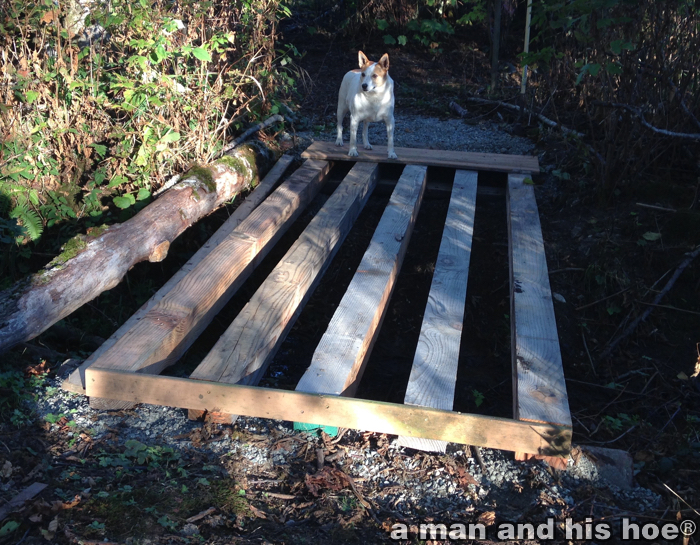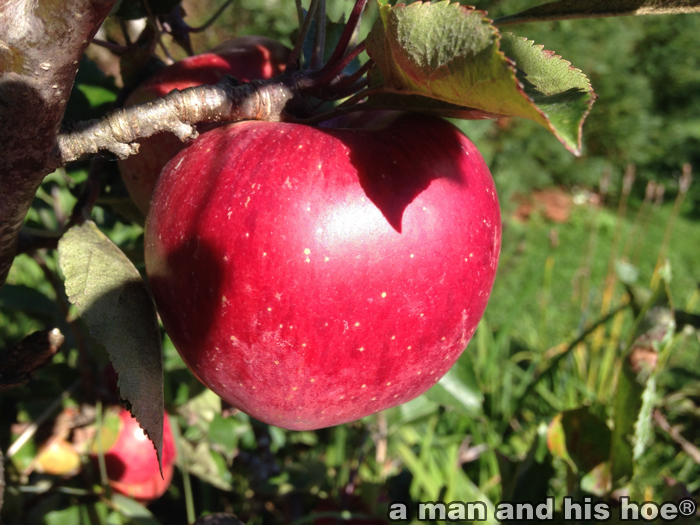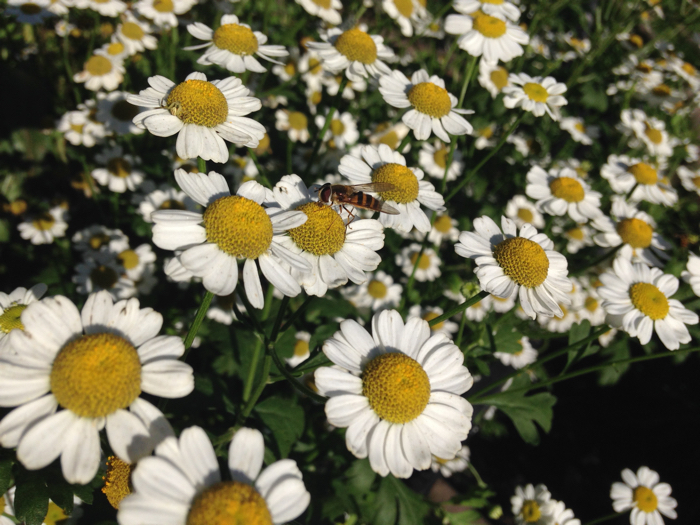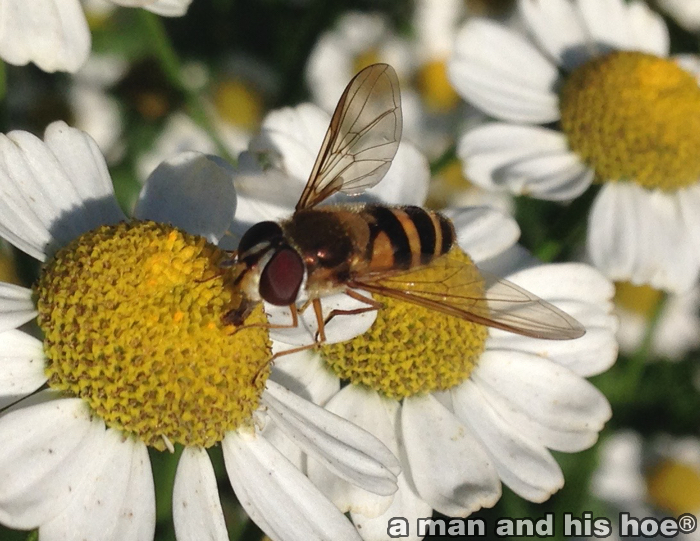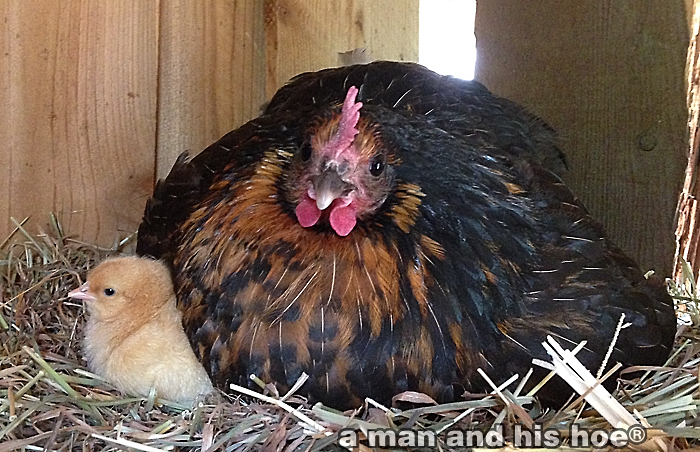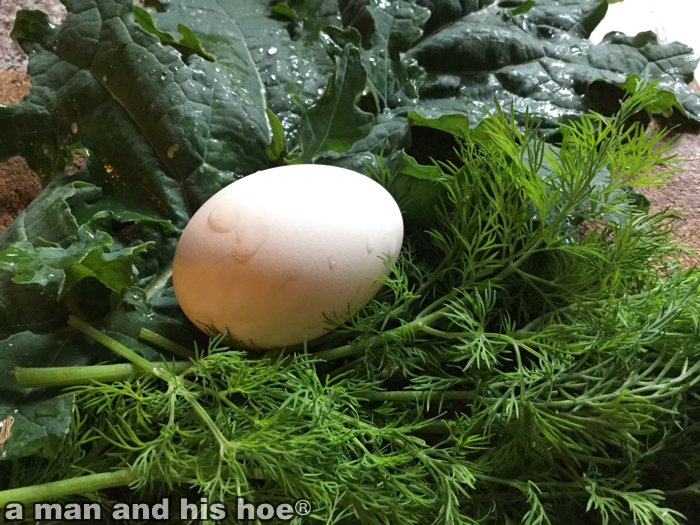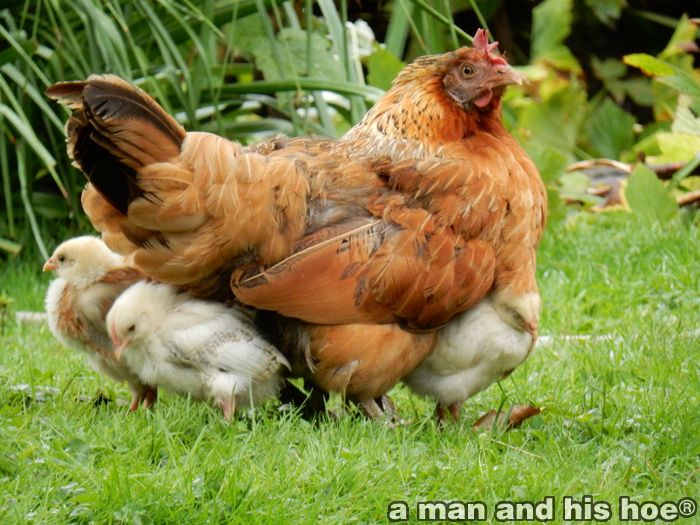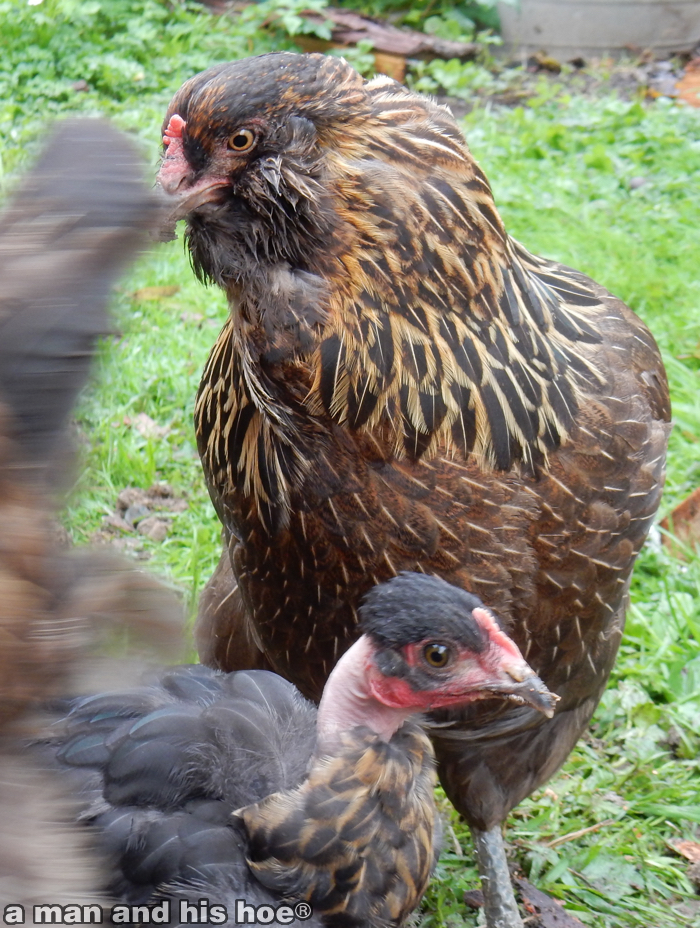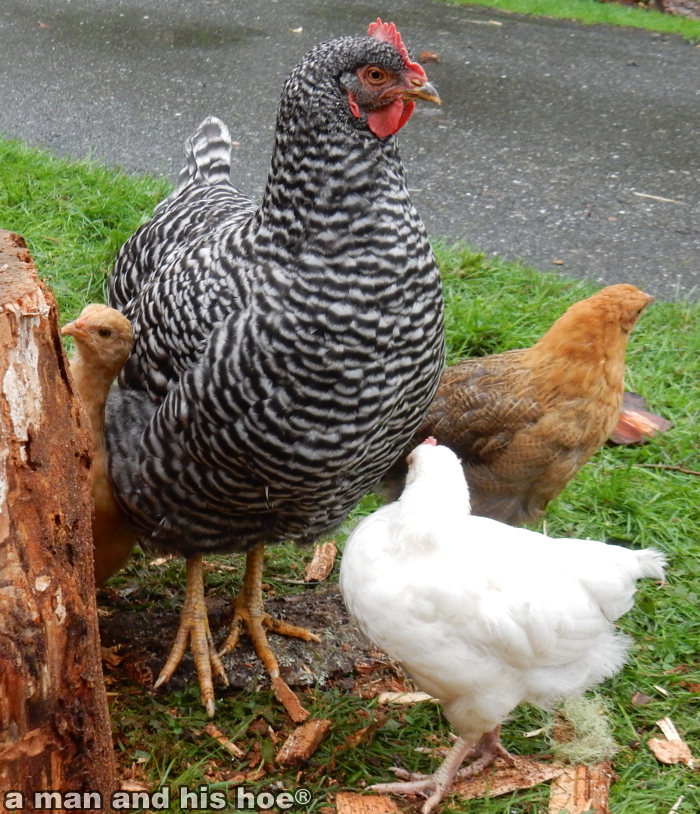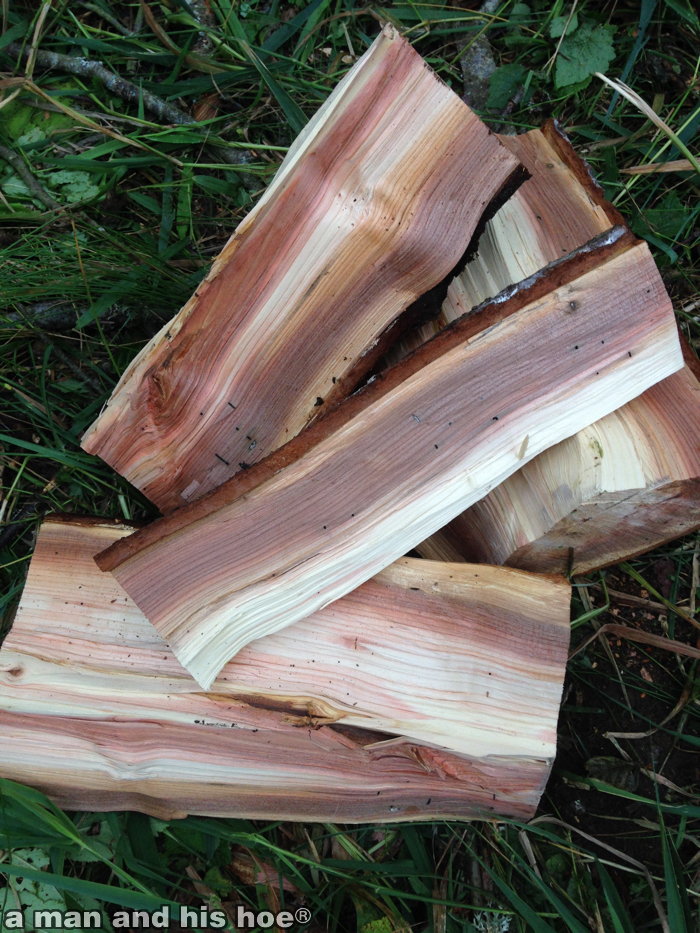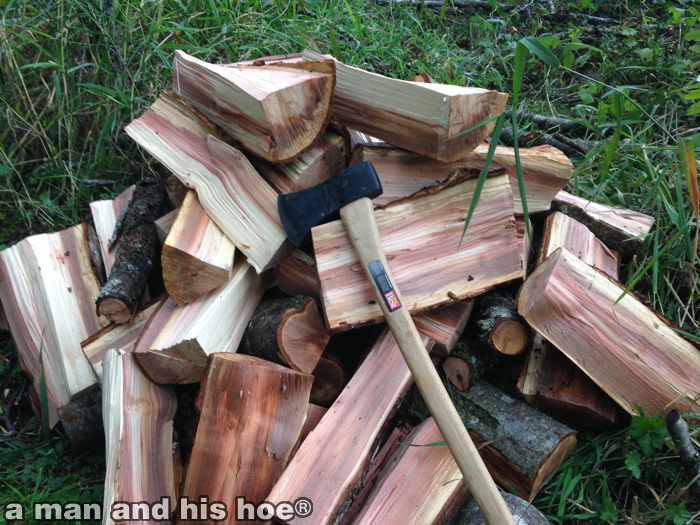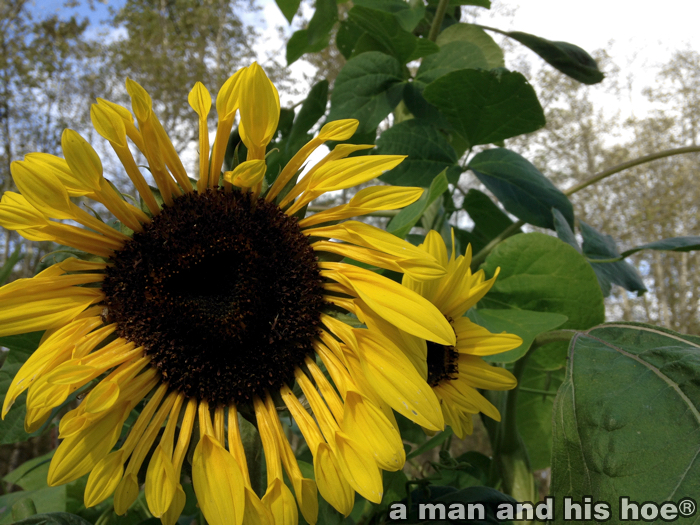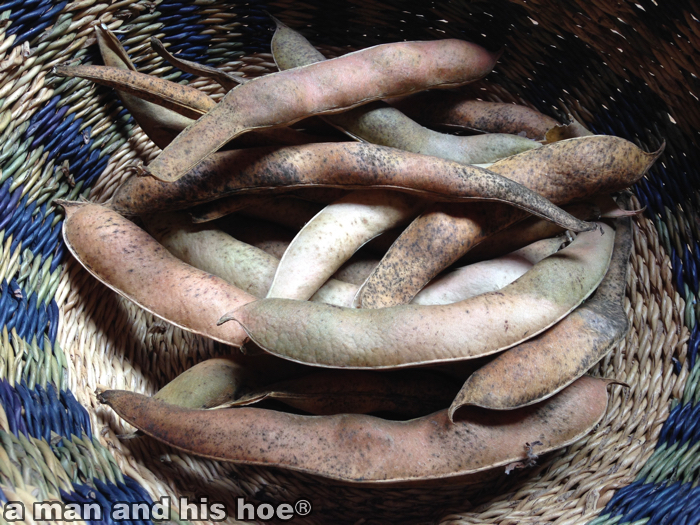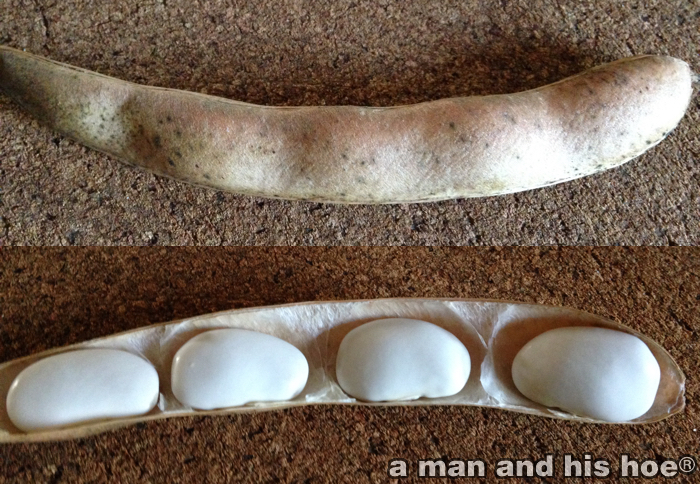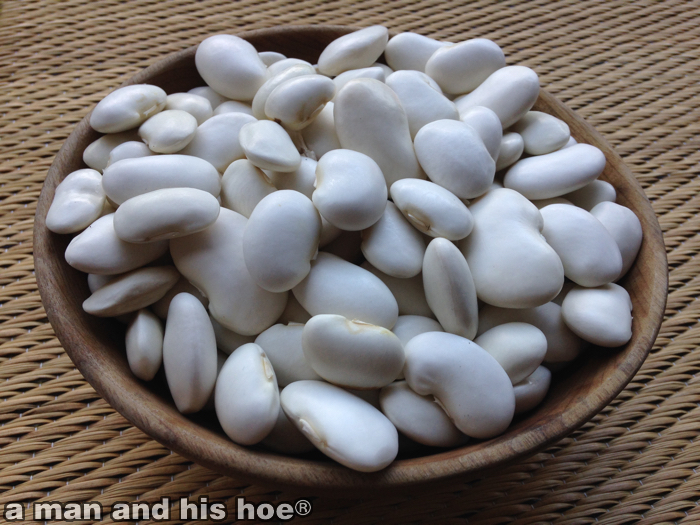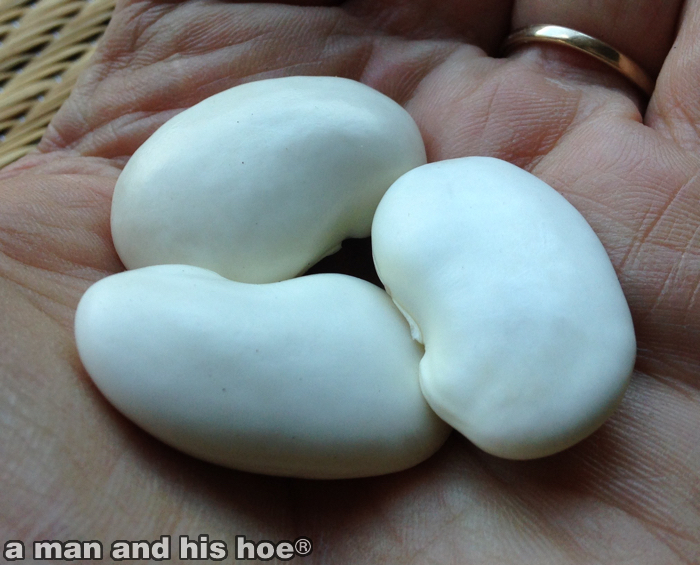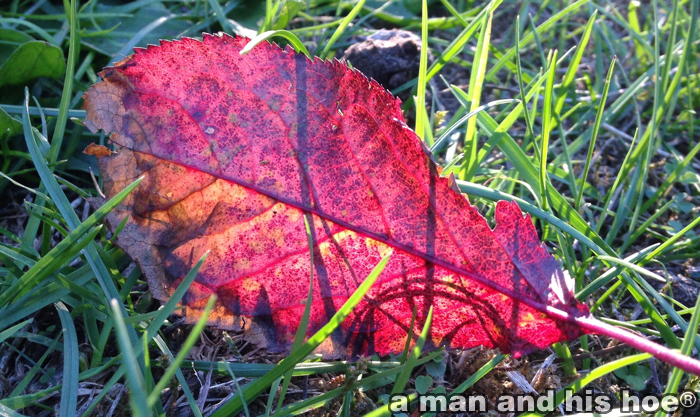
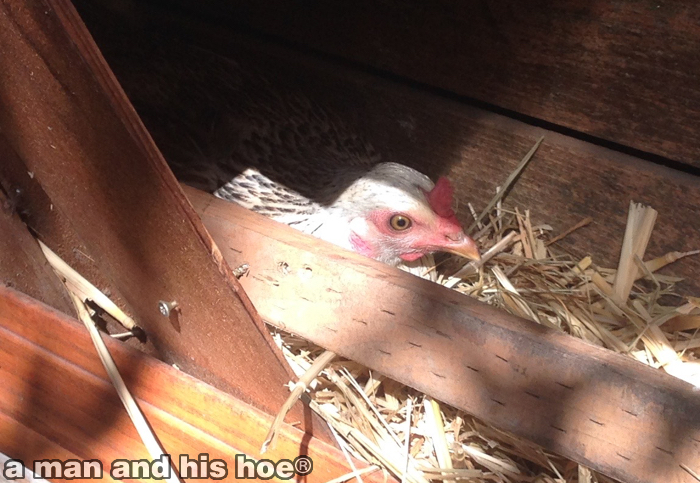
Fall is the time of brilliant reds. On a sunny day, it looks like the leaves are on fire. I’m not sure the chickens are impressed. Many of them have combs redder and more brilliant than any leaf can dream of being.
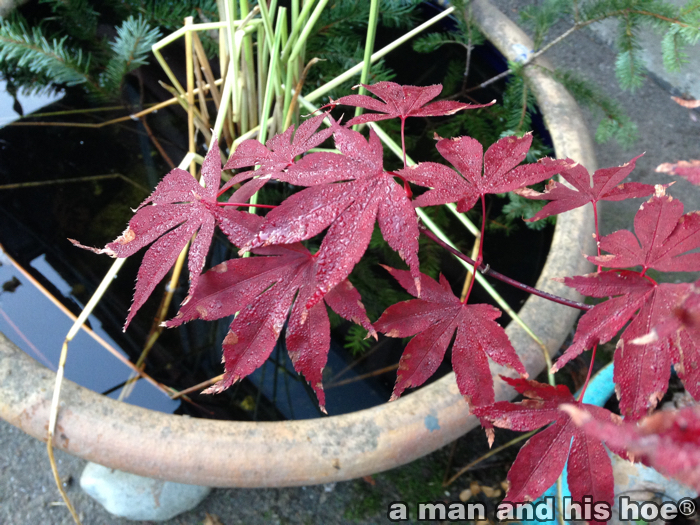
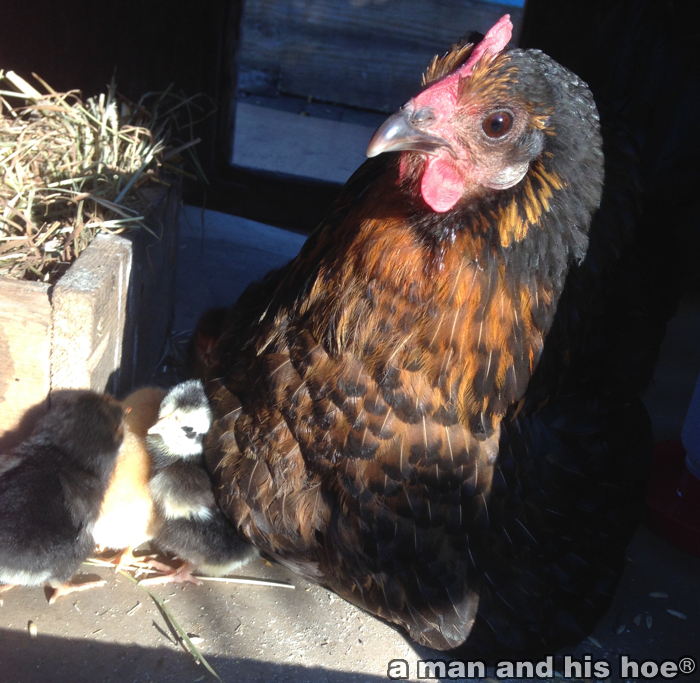
Skunky’s mother is too busy rearing her next brood to worry about the fall leaves. And Tangerine and her chicks scamper around my feet when I split wood. You have to swing your ax carefully when you have a mother hen and her chicks running around at your feet.
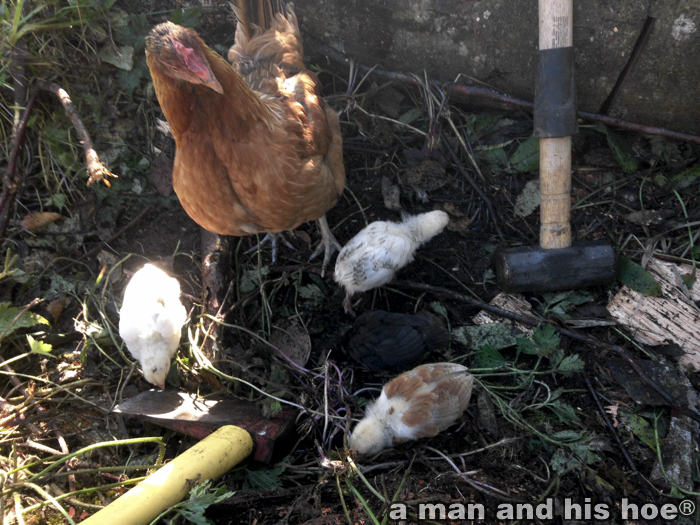
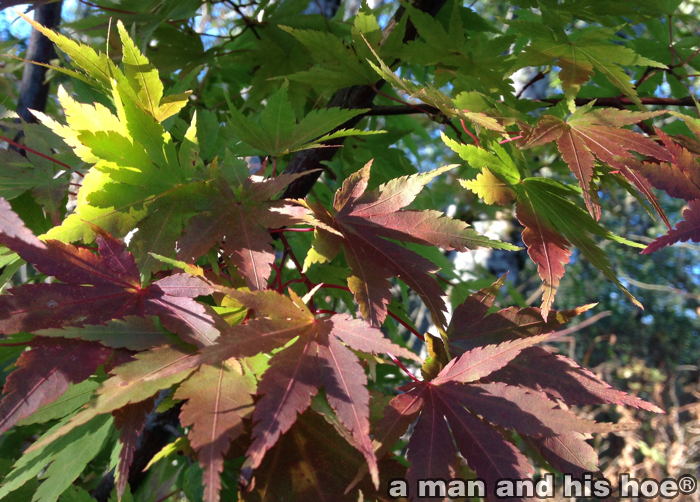

A warm, sunny fall day is made for building new bridges. There was a narrow bridge here until a tree came down and split it in two. The replacement bridge is twice as wide and much stronger, a perfect bridge to ford the ravine to enter the western woods on the other side. You can’t see them, but there are chickens in the ravine, scratching in the muddy waters in search of good things to eat. The forest on the other side is a favorite hunting ground of the chickens. Now, they’ll have an easy bridge to cross the ravine, and so will BB on his rabbit hunts.
